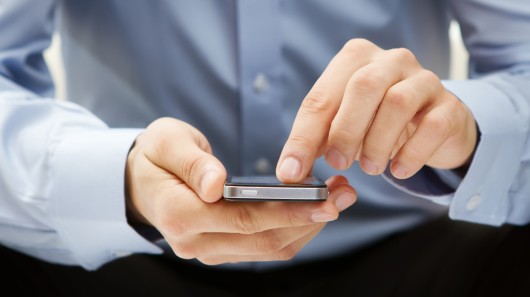Nokia and QMUL Introduce Sound Wave Charging System

Not so long ago , news was published on Habré about a new system of wireless charging based on ultrasound. Now, the combined team of Nokia and
Actually, this idea is not new, the developers themselves say that they took the project of Korean scientists in 2010 as a basis. Then the Koreans announced the possibility of creating a system based on zinc oxide microstructures exhibiting piezoelectric properties. Such a system produces electricity due to vibrations caused by the sound wave, in those very microstructures.
True, the Koreans failed to create a working system that could charge the battery of a mobile device. But Nokia and QMUL did it. To create a system, developers sprayed zinc oxide, in a liquid state, onto the surface of a plastic sheet.
Then this sheet was exposed to a “mixture of chemicals” (which, it is not yet clear), and heated to 90 degrees Celsius. As a result, nanorods (nanorods) were formed from zinc oxide. Then, such a sheet was placed between two thin gold contact panels. To reduce the cost of such a system, aluminum foil can also be used, scientists say.
The prototype of the charger based on the influence of sound waves turned out to be the size of a Nokia Lumina 925 (well, what else can Nokia guys compare their development with, right?). Such charging, using sound waves (normal background noise, including the noise of cars, music, voices, etc.) is capable of generating electricity (5V). This is enough to charge a mobile phone. True, the developers do not say anything about the duration of the charge.
As for the Korean system, the authors of the idea managed to achieve a voltage of only 50 millivolts, which, of course, is not enough to recharge the battery of a smartphone / tablet.
Via gizmag
